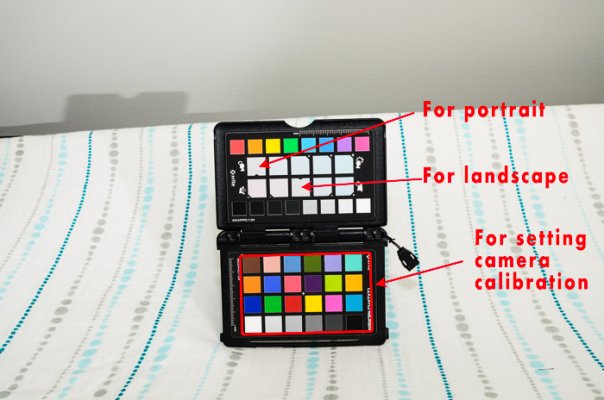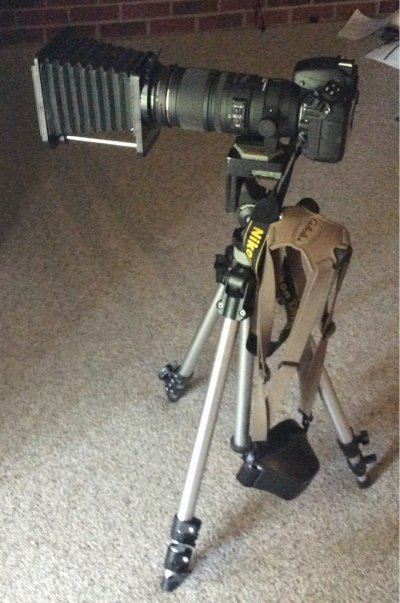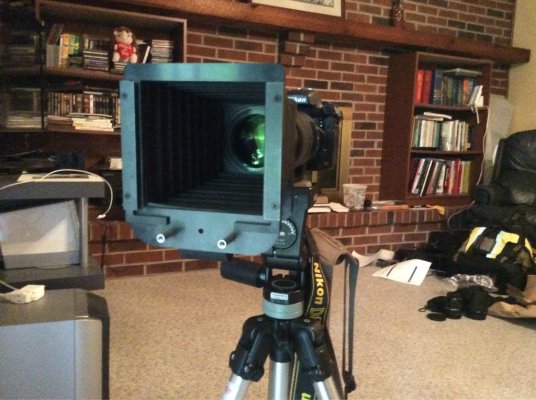seraphim
Thinks s/he gets paid by the post
- Joined
- Mar 6, 2012
- Messages
- 1,555
Chuckanut
The D800/lens combo will not be significantly heavier than what I currently use, and a heck of a lot lighter than other combinations I have carried - such as an RB67 or a 4x5 Speed Graphic (with a load of film holders) lol. I use a chest strap, which places weight on the shoulders, not the neck, and holds the camera firmer while hiking through the woods. And I can always stick it in the backpack. Weight really isn't an issue. I'm glad you're pleased with your lightweight combo, but it's not for everyone.
The D800/lens combo will not be significantly heavier than what I currently use, and a heck of a lot lighter than other combinations I have carried - such as an RB67 or a 4x5 Speed Graphic (with a load of film holders) lol. I use a chest strap, which places weight on the shoulders, not the neck, and holds the camera firmer while hiking through the woods. And I can always stick it in the backpack. Weight really isn't an issue. I'm glad you're pleased with your lightweight combo, but it's not for everyone.
Last edited:




